Everything You Need To Know About Gardening
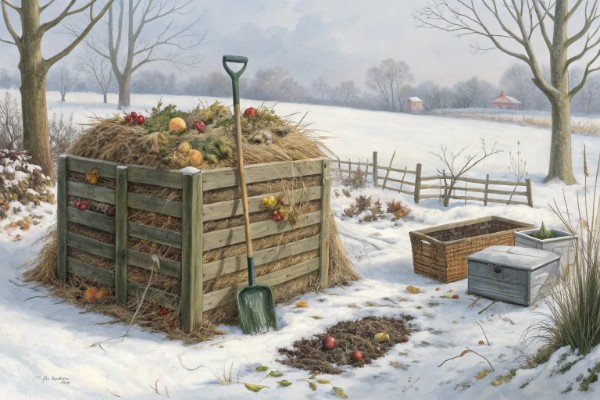
Composting in Cold Climates: Tips for Year-Round Decomposition
Cold climate composting thrives with a 3x3x3 ft. pile, 25–30:1 C:N, and moisture like a wrung-out sponge. For cold climate composting, layer 2–3 parts carbon to 1 part nitrogen, chop to 1 inch, and insulate with 6 inches of leaves or straw. In cold climate composting, keep the core at 130–150°F, turn less during deep freezes, and cover the bin to block wind and shed snowmelt. Stick with me—we’ll keep that heap cooking all winter.
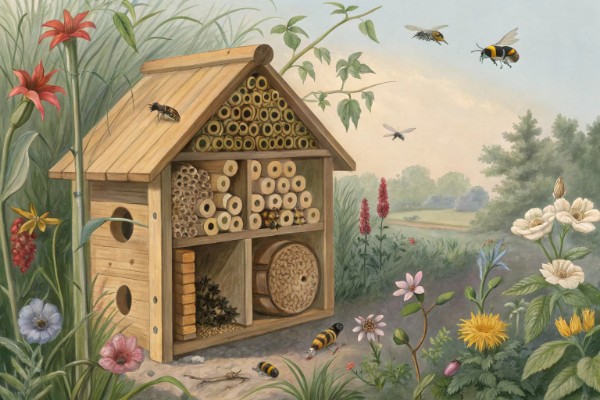
DIY Bee Hotels and Pollinator Sanctuaries
Build a DIY bee hotel to help solitary bees that pollinate a third of crops and much backyard fruit. Use untreated hardwood or bamboo for your DIY bee hotel; drill 3–8 mm holes 4–6 inches deep with one closed end. Mount the DIY bee hotel 3–6 feet high, facing southeast, under an eave to stay dry and out of wind.Plant native flowers, set a shallow water dish, skip sprays, and your pollinator sanctuary will hum. Ready to build?

Saving Water: Smart Irrigation Tools and Techniques
Practice smart irrigation gardening: switch to drip and ET controllers to cut water use 30–50%. Use soil moisture sensors for smart irrigation gardening to skip cycles and cut overwatering 20–40%. Group zones by plant water needs for smart irrigation gardening, and mulch 2–3 inches to curb evaporation up to 25%. Let’s talk valves, flow meters, and the tweaks that make every drop count.

Turning Kitchen Scraps into a Mini Edible Jungle
To regrow kitchen scraps, set scallion roots in a jar of water; new shoots pop in days. You can regrow kitchen scraps by placing lettuce cores in a shallow dish; leaves push from the crown. Regrow kitchen scraps from garlic cloves for greens, and tuck ginger knobs in soil for fresh growth. Build a tight, edible jungle on your sill—cheap, low-waste, full of flavor. Keep reading for timing, light, and the small tricks that make scraps earn their keep.
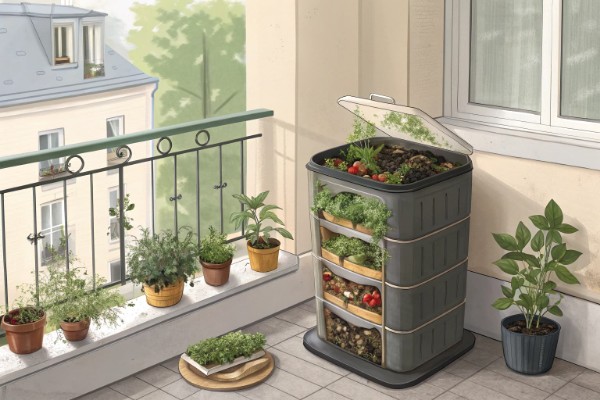
Apartment Composting: From Food Waste to Fertile Soil Without the Smell
Apartment composting made simple: use a sealed 5-gallon bin and a 2:1 brown-to-green mix to cut odor. Apartment composting stays clean if you freeze scraps, cover each layer with shredded paper, and aerate weekly. Apartment composting: choose bokashi for 2–4 weeks or vermicomposting for castings in 8–12 weeks.Stick around for gear, steps, and a cook’s approach to apartment composting without the stink.
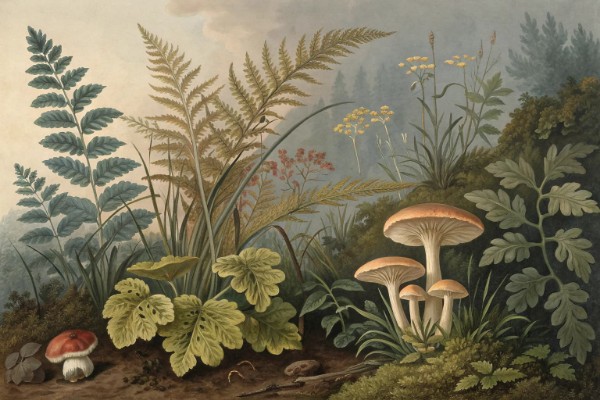
Low-Light Edibles: Food Plants That Don’t Need Full Sun
Grow low light edible plants in shade: greens, herbs, and scallions thrive with 2–4 hours indirect sun. Start low light edible plants like lettuce, spinach, mint, chives, and parsley in pots; water evenly; harvest baby leaves in 3–4 weeks. Place low light edible plants where they catch morning light or bright shade; feed with diluted compost tea monthly; keep soil moist.These small-space staples taste clean, hit fast, and keep your kitchen humming—stick around for the short list and how to nail it.

Air-Purifying Plants for Workspaces and Home Offices
Pick air purifying plants shown to reduce VOCs: spider plant, pothos, peace lily, snake plant for desks. Set 2–3 air purifying plants within arm’s reach to help maintain 40–60% humidity and cut dust on your desk. Place air purifying plants in bright, indirect light, water when the top inch of soil dries, and wipe leaves monthly. Keep reading for a no-fuss guide to air purifying plants that actually earn space on your desk.

Plant Growth Hormones Explained: Auxins, Cytokinins, and Gibberellins
Use plant growth hormones to control roots, shoots, and germination; direct your garden's growth now. For cuttings, dip stems in auxins; these plant growth hormones drive cell elongation and root initiation. Mist nodes with cytokinins; these plant growth hormones promote shoot formation and slow leaf senescence. Soak stubborn seeds in gibberellins to break dormancy and lengthen stems—keep reading for doses and timing.

Harnessing Moon Phases for Gardening: Fact or Folklore?
Moon phase gardening works best with facts: track soil temp, day length, and local frost dates. In moon phase gardening, use the full moon’s bright nights to scout slugs and cutworms; hand-pick after dusk. For moon phase gardening, skip lunar-gravity watering myths—tests show negligible soil pull inland; use a moisture meter instead. Curious where lore meets lab? This piece cuts the noise and calls what’s real, so you’ll keep reading—and grow better crops.
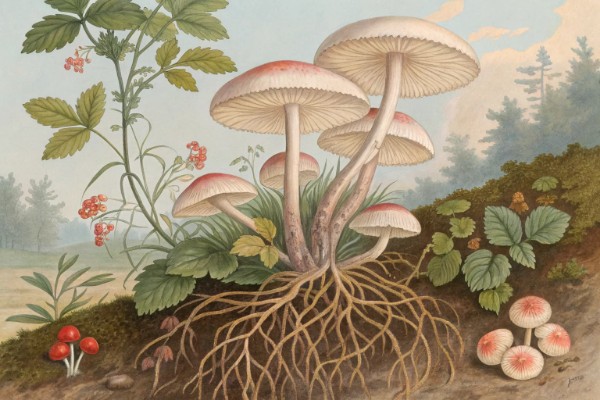
The Science of Mycorrhizal Fungi and How They Boost Plant Health
Add mycorrhizal fungi at planting to boost nutrient uptake and drought tolerance. Mulch and skip tilling to protect mycorrhizal fungi networks that swap plant sugars for phosphorus and trace minerals. Cut high-phosphorus fertilizers; mycorrhizal fungi colonization drops when phosphorus is abundant. Here’s the science behind this underground pact, and how to make it work in your beds, pots, and orchard.

Greywater Gardening: Safe Ways to Reuse Household Water
Smart greywater gardening cuts outdoor demand by 15–40%: route shower and laundry rinse to mulch basins. For greywater gardening, use phosphate-free, low-sodium soaps, skip kitchen sink water, and never store water. Practice greywater gardening safely: keep it off edible leaves, apply within 24 hours, and check local codes. Stick around for simple setups, soap-safe plant picks, and tricks that keep soil fed without funk.

pH Balancing for Home Gardeners: Myths and Real Methods
Start soil pH gardening by testing; most veggies thrive at pH 6.0–7.0 for full nutrient access and yield. In soil pH gardening, use lime to raise pH and elemental sulfur to lower it; follow label rates and retest in 4–6 weeks. Soil pH gardening runs smoother with buffers: work in 1–2 inches compost each season, watch irrigation water alkalinity, and go easy on ammonium-heavy feeds that acidify.Expect straight talk, tested methods, and clear rates you can put to work this season.

Biochar in the Garden: What It Is and How It Transforms Your Soil
Biochar soil improvement boosts water retention, CEC, and microbe habitat; mix 5–10% by volume. For biochar soil improvement, pre-charge with compost tea or fish emulsion to curb nitrogen drawdown. Blend into the top 4–6 in (10–15 cm) of soil; biochar soil improvement persists for decades as stable carbon. Stick around for simple steps, field-tested ratios, and the gritty science that makes beds run like a kitchen line.
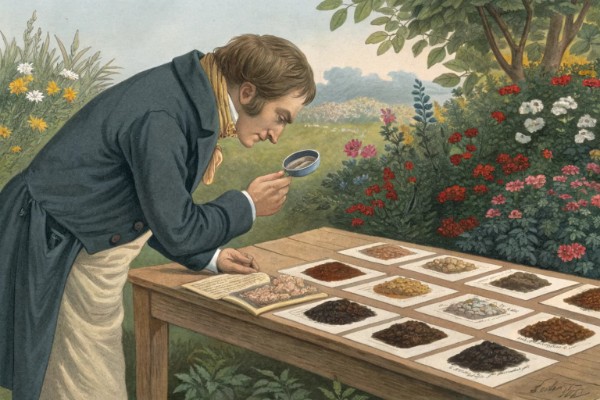
How to Read Your Soil Test Like a Pro
Learn how to read a soil test: check pH first; most veggies thrive at 6.0–7.0. To learn how to read a soil test, scan N–P–K, organic matter 3–5%, and CEC; higher CEC holds nutrients longer. Then apply how to read a soil test to match results to crop needs, and plan lime, sulfur, or compost by the lab’s pounds per 1,000 sq ft. I’ll translate the numbers and get your beds feeding plants like a well-run kitchen.
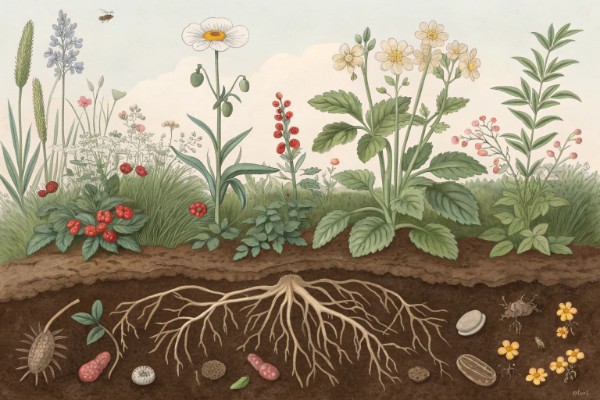
Understanding Soil Microbiomes: The Hidden Network Beneath Your Plants
Start soil microbiome gardening: add 2–3 inches of compost, keep mulch on, and water for steady moisture. In soil microbiome gardening, avoid tilling; intact aggregates boost water holding and root access while microbes cycle nutrients. Practice soil microbiome gardening with diverse roots and mycorrhizae; a teaspoon of healthy soil teems with billions of organisms. This hidden network feeds, defends, and structures your beds—cook for it, and your plants repay you with flavor and vigor.

Best food growing methods
Best food growing methods: test soil (pH 6.0–7.0) and work in 1–2 inches of compost for steady yields. Best food growing methods use drip irrigation and mulch; drip cuts water use 30–50%, mulch suppresses weeds by 80–90%. Best food growing methods favor raised beds and succession sowing; beds often deliver 2x yield per square foot, sow greens every 7–10 days.Come hungry; this garden will feed you, and the next pages show how.

Growing food at home
Growing food at home starts with sun: 6–8 hours, 2 inches compost, and 1 inch of water per week. Growing food at home runs on pH 6.0–7.0 soil; set greens 6 inches apart and sow every 2 weeks. Growing food at home in containers works: pick 10–20 gallon pots with drainage; tomatoes need 10+ gallons, herbs 1–3. Do the simple stuff right, then eat like you mean it—bright, fresh, honest. Read on—dinner starts in the dirt.
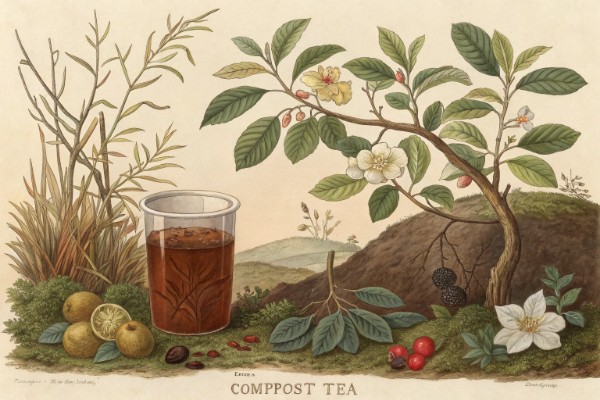
Compost Tea?
Compost tea feeds your plants, boosts soil life, and helps leaves shrug off pests—all with ingredients from your own backyard. Brewed right, compost tea packs beneficial microbes to energize your garden. Anyone wanting healthier beds or tastier tomatoes should keep reading, as this technique marries simplicity and results. Pour yourself a cup; we’re brewing knowledge worth every drop.
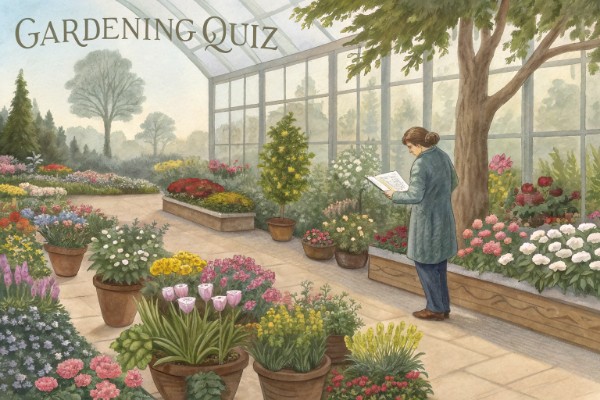
Gardening Quiz: How Well Do You Really Know Your Garden?
Want to sharpen your plant know-how? This gardening quiz will challenge your practical skills and botany knowledge with questions rooted in real horticultural science. Use this gardening quiz to gauge your grasp of techniques, plant care, and seasonal timing—backed by centuries of practice.Ready to dig in and see how you stack up? Let’s see what you really know.
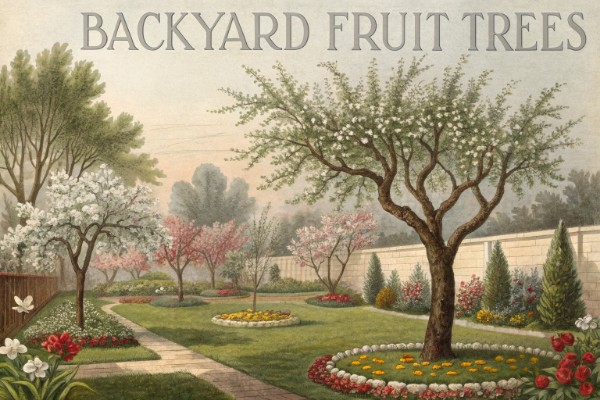
How to Grow Backyard Fruit Trees and Savor Your Own Orchard
Backyard fruit trees pack a punch—boost property value, cut grocery bills, and hand you sun-warmed peaches right outside your kitchen door. With backyard fruit trees, you harvest pesticide-free, fresh varieties that rarely hit supermarket shelves. Pick the right tree for your zone, and you’ll feast on homegrown apples, cherries, or figs for decades.This article breaks down what to plant, how to nurture young trees, and care routines that guarantee heavy crops. Let’s get those hands a little dirty—and eat better while we’re at it.
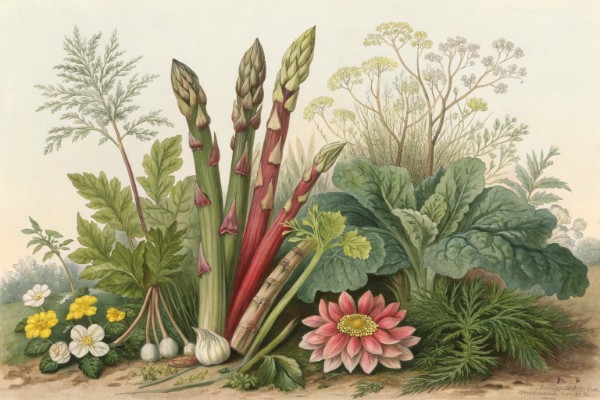
Edible Perennials: Create a Self-Sustaining Harvest Year After Year
Edible perennials return year after year, offering steady harvests with less effort than annuals. Planting edible perennials like asparagus, rhubarb, and sorrel lets you enjoy homegrown flavor and long-term rewards. Skip the endless replanting—these plants settle in and keep producing. Curious which varieties offer lasting taste and stay resilient? Keep reading for proven picks and practical tips on cultivating your own perennial pantry.
Find out which plants will thrive in your garden!
Answer a few fun questions and get custom plant recommendations perfect for your space. Let’s grow something amazing together!

start your season